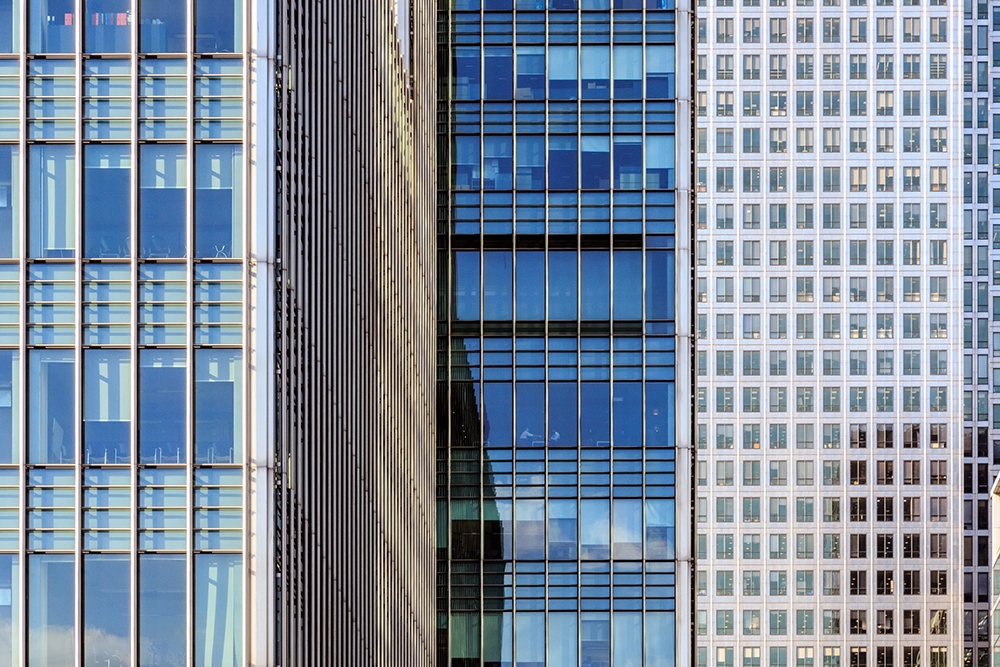
Press Release
Over 1,600 schools at risk of crumbling roofs while social housing also at risk
6th Sep 2023
Rapleys featured on: BBC Newsnight (01.09.23), Sky News (02.09.23)
Published by Inside Housing (31.08.23), The Guardian (01.09.23), The Mirror (02.09.23), Yahoo Finance/News (02.09.23 & 03.09.23), I Paper/I News (03.09.23), Housing Today (04.09.23), Building (04.09.23), MSN/INews (04.09.23), World Socialist Web (05.09.23), The National (05.09.23), Scottish Housing News (05.09.23), UK Construction Blog (05.09.23)
- Prior use of lightweight ‘RAAC’ concrete planks places buildings at risk
- Material used predominantly between the 1950s & 1980s in public sector structures
- Rapleys estimates 5-10% of schools may have used RAAC & urgent surveys required to avoid disaster
- No way to tell how many social housing at risk but it’s imperative to investigate
Rapleys has warned that the UK’s 32,000 schools are most at risk when it comes to crumbling roofs and buildings thanks to the use of reinforced autoclaved aerated concrete (RAAC), a construction material that grew in popularity particularly in buildings constructed in the 1950s to 1980s.
However, it is not just schools that need to be checked as social housing, other public sector buildings and anything else constructed in the 1950s-80s could be at risk.
While councils up and down the country are aware of the material’s usage in public sector buildings, few local authorities have started measures to check how many assets are potentially impacted, let alone started remediation works to reinforce or de-risk, measures that may offer solutions against what is said to be ‘a ticking time bomb’.
Rapleys has been instructed on a number of publicly owned portfolios to survey and solve the problem and, from its research and analysis, the property consultancy has found that 15-20% of school buildings need further investigation and, after full surveys, 5-10% of all buildings were found to contain RAAC instead of traditional or full-weight concrete.
Rapleys’ Building Consultancy Partner James Porter explains: “RAAC was a popular choice of concrete material in the 1950s through to the 1980s as it was more cost efficient, constructed off-site in factories, lightweight and formed into beams which were easy to transport and put in place. However, in hindsight this material is prone to a number of possible inherent defects, as we have seen in recent years with instances of roofs suddenly collapsing, as an example, due to rainwater goods becoming blocked and ponding water gathering on a roof, adding additional weight that can no longer be tolerated by the degrading material. We are working with a number from local authorities to check and de-risk buildings currently and that’s where our estimated figures come from.
There are very few specialists who can deal with this issue, but the risks are great – particularly given that schools are one of the main structures that are known to have used the material. With over 32,000 public schools in the UK, that suggests a figure of at least 1,600 could be at risk of collapsing roofs thanks to a poor performance of the RAAC concrete planks, something that will only have been exacerbated thanks to weather extremes. With alternating heatwaves and rainfall in recent months and years leading to corrosion of the embedded steel reinforcement within this highly porous and permeable material, it is urgent that local authorities get to grips with the challenge and put in place solutions now.”
Other public sector buildings thought to be affected include libraries, town halls, blocks of flats, council offices and even carpark roofs. Notably some of these buildings have now passed to the hands of the private sector too and have had a change of use or being altered significantly over the years potentially masking this deleterious material.
Richard Crow, Partner in Building Consultancy at Rapleys added: ”The attributing issues from 1950s, 60s and 70s periods of construction, that compounds the current lack of certainty on how far the problem extends, is that Health and Safety (H&S) and Operational and Maintenance (M&E) did not exist in any form, let alone to the standards of our current construction industry. Therefore, there is no way to say which properties have RAAC other than to inspect properties containing flat roofs, built during the 50s, 60s and 70s.
During this period, the largest number of social housing was built so it will be a case of urgent thorough inspection across the country by local authorities, and then, for those that do have it, the problem can be solved by reinforcement works by a qualified and experienced building surveyor. I myself, over my years of surveying, have encountered RAAC to a HMO dwelling, where a single storey extension (forming a flat roof) had been constructed to the rear. The textbook referenced approach that RAAC is only found to multi storey properties is just not the case. In practice, these panels were cheap to procure, easy to install and widely used by any construction contractor of the time, with no mechanism to monitor or record where they were installed. Since then, it’s important to note that modern methods of manufacture and design have now made RAAC an appropriate construction material that is still being installed all over the world.”
Porter concludes: “While recently a note from councils has gone out to stakeholders addressing the issue in simple language and terms, we are very much at the beginning of solving the problem and time is running out before an incredibly serious incident could take place.”
Related news
Rapleys’ experts react to the Chancellor’s 2025 budget
Daniel Cook, Partner and Head of Automotive, Roadside and Future Fuels at Rapleys, said: “The tax on EVs is clearly there to make up for the fall in fuel duty as drivers move away from petrol/diesel cars.










